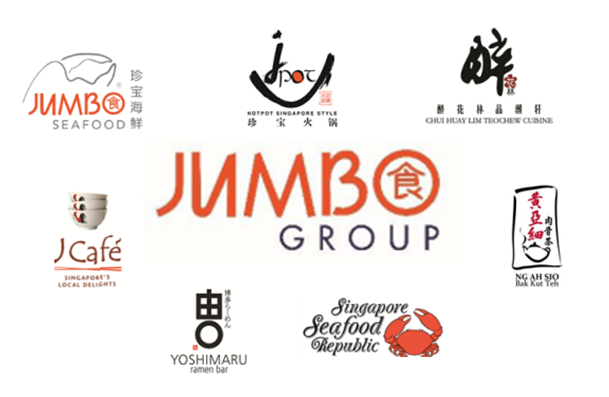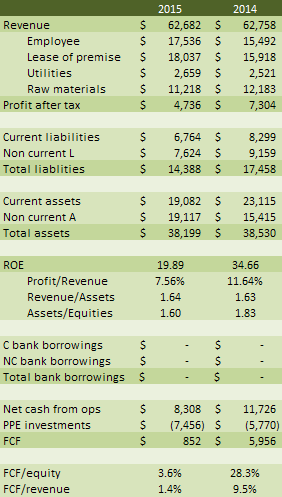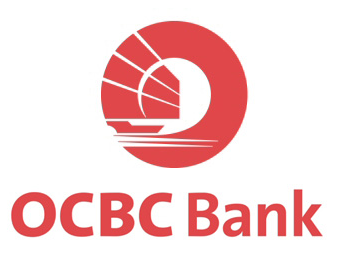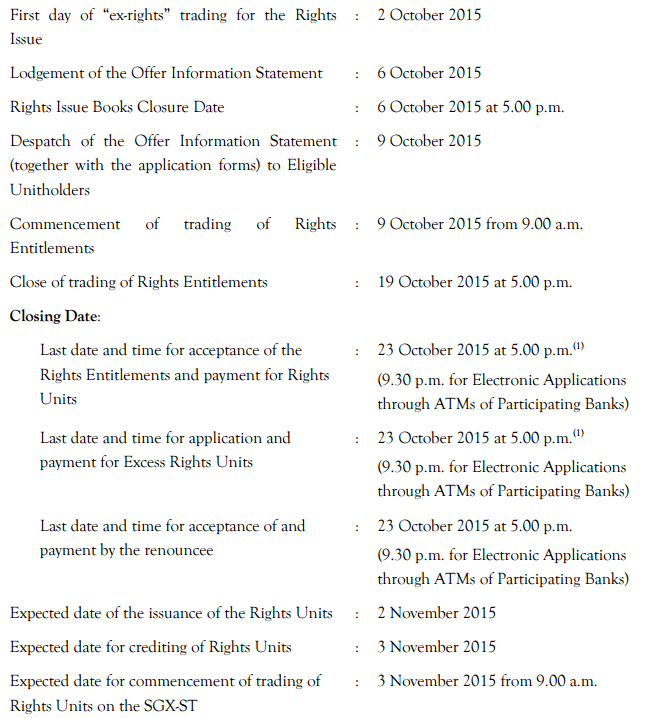Not talking about bonds or ipo or stocks today. I'm not just an engineer, I'm also a poet and an artist and a philosopher. Let's talk about life.
Everyday, I wake up, have breakfast then go to work. While working, I think of lunch and what to eat. After lunch, I go back to work again. In the meantime, I look forward to the end of the work day, where I go home and have dinner. After that, I watch some youtube videos (nobody watch tv nowadays) and read some books before going to bed. The same thing happens again and again for the next 40 years or so. Then I retire and then I die.
Isn't that depressing? Isn't life meaningless? Much ado about nothing!
Humor me. How about we look at life through rose tinted lens? Let's try:
When I woke up, the sky looks bright and brilliant with just a hint of dark clouds looming on the horizon. The sun light pierces through the cloud, much like Gandalf dispelling the darkness of the sky scene in lords of the ring. What a beautiful juxtaposition! My day looks good ahead already!
Then I went to work. On the way there, I passed by a coffeshop on the way to the mrt, and I saw two birds chirping noisily over a scrap of food on the grass. Mynahs. Have you ever wondered why pigeons and sparrows don't fight over food scraps? It's always the mynahs and *gasp* the crows that do all the shouting and bullying. Pigeons and sparrow just share.
And the grass are blooming like crazy! Goodness me! The little white parachutes carrying packets of seeds act entirely opposite to our notion of parachutes. They start off from the earthly stalk of the grass, then when the wind blows, they start flying up to the skies and spread their little packets everywhere. My wife is the one who first introduced me to this wishing plants, as she called it. She will bring a stalk, make me close my eyes and make a wish. Then blow it to send these tiny messengers on parachutes off, where they will send my wishes up to the universe.
I can go on and on but I think you get my point. There's beauty in everything we do, if only we can afford to stand and stare. Even if the day is a lousy day, I think by focusing on the minute but beautiful details, it'll be better. Delusional? Maybe, but if I keep thinking about all the bad and negative stuff, that's also delusional. And psychotic and sadomasochistic.
I prefer mindfulness. Why are we in such a hurry? Even when we reach our destination that we're so anxious to be in, we're hurrying off to leave again. Life then becomes a series of destination, moving from one place to another place. We can enjoy the here and the now by focusing on the present. The future might be bright and utopia but let's enjoy the pretty and pleasant journey now.
Everyday, I wake up, have breakfast then go to work. While working, I think of lunch and what to eat. After lunch, I go back to work again. In the meantime, I look forward to the end of the work day, where I go home and have dinner. After that, I watch some youtube videos (nobody watch tv nowadays) and read some books before going to bed. The same thing happens again and again for the next 40 years or so. Then I retire and then I die.
Isn't that depressing? Isn't life meaningless? Much ado about nothing!
Humor me. How about we look at life through rose tinted lens? Let's try:
When I woke up, the sky looks bright and brilliant with just a hint of dark clouds looming on the horizon. The sun light pierces through the cloud, much like Gandalf dispelling the darkness of the sky scene in lords of the ring. What a beautiful juxtaposition! My day looks good ahead already!
 |
| This one lah - that LOTR scene where the old man shoots lights to the skies |
 |
| This is what I mean - Sun light piercing the clouds. Taken from my humble home. |
Then I went to work. On the way there, I passed by a coffeshop on the way to the mrt, and I saw two birds chirping noisily over a scrap of food on the grass. Mynahs. Have you ever wondered why pigeons and sparrows don't fight over food scraps? It's always the mynahs and *gasp* the crows that do all the shouting and bullying. Pigeons and sparrow just share.
And the grass are blooming like crazy! Goodness me! The little white parachutes carrying packets of seeds act entirely opposite to our notion of parachutes. They start off from the earthly stalk of the grass, then when the wind blows, they start flying up to the skies and spread their little packets everywhere. My wife is the one who first introduced me to this wishing plants, as she called it. She will bring a stalk, make me close my eyes and make a wish. Then blow it to send these tiny messengers on parachutes off, where they will send my wishes up to the universe.
 |
| Looks something like this |
I can go on and on but I think you get my point. There's beauty in everything we do, if only we can afford to stand and stare. Even if the day is a lousy day, I think by focusing on the minute but beautiful details, it'll be better. Delusional? Maybe, but if I keep thinking about all the bad and negative stuff, that's also delusional. And psychotic and sadomasochistic.
I prefer mindfulness. Why are we in such a hurry? Even when we reach our destination that we're so anxious to be in, we're hurrying off to leave again. Life then becomes a series of destination, moving from one place to another place. We can enjoy the here and the now by focusing on the present. The future might be bright and utopia but let's enjoy the pretty and pleasant journey now.






















